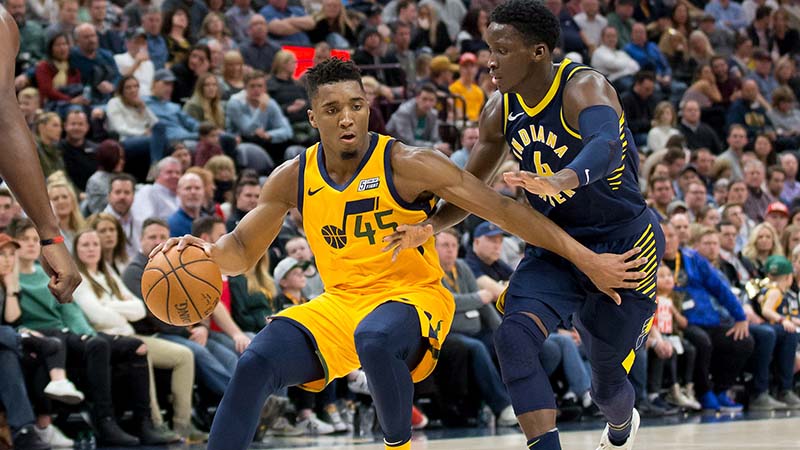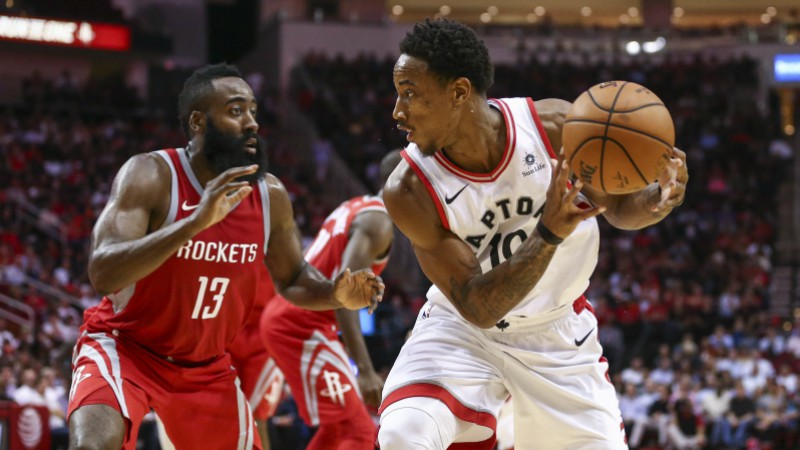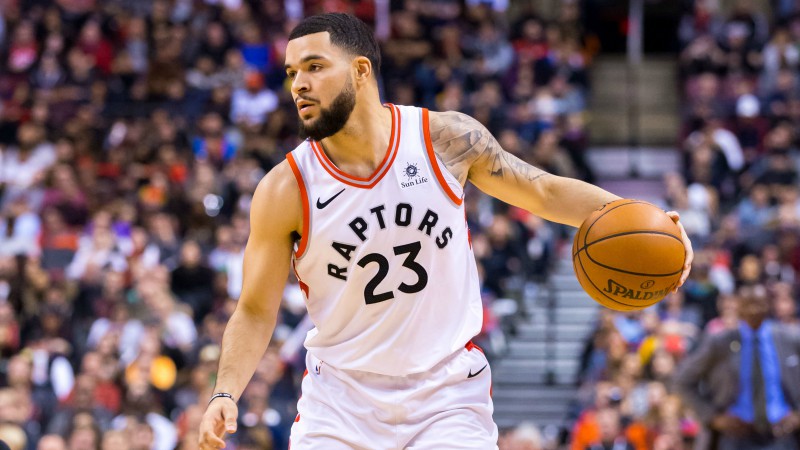NBA ‘Bubble’ Teams Struggle to Cover Down the Stretch
Russ Isabella-USA TODAY Sports
The playoff races are wild right now. Detroit is hanging on for dear life while its season begins to flat-line in the East, and the West is a complete gauntlet. Every loss feels like four, every win is a deep breath of air for teams fighting in the middle of the ocean.
Teams on the bubble are fascinating for two reasons. One, every game winds up having so much meaning. The Nuggets' loss to the Cavaliers, on a Wednesday back to back, moved them into ninth, while the Clippers, who own the tiebreaker, jumped into eighth. It put Denver in a tie with the Jazz, who the Nuggets are tooth-and-nail with for the tiebreaker.
Given how tight the standings are, you'd think that every game you'd see guys giving 100-percent, March-Madness-plucky-mid-major-kid levels of effort. But you don't. Teams still lose to bad squads; it's why I don't automatically pencil in teams for playoff spots just because their closing schedule is weak.
The other reason bubble teams are fascinating? Making and missing the playoffs could have a wide-spread, big-picture impact on multiple franchises. If the Pelicans miss the dance, for example, there could be changes from the front office to the coach to the roster. Same for the Clippers and Blazers, all the way down. There's so much riding on every single game, and stakes are what make sports fun.
With that as the backdrop, how do desperate teams tend to perform in these pressure-packed situations? Well, it turns out … pretty badly, actually.
I took a look at the past four seasons, going back to 2013-14 in our BetLabs database, to see how teams that finished within three games of the playoffs (in or out) performed against the spread from March 1 through the end of the year. Why March? It's typically when teams start ramping up their playoff push while the bad teams begin tanking and the great teams begin resting. I was expecting a mixed set of results, and while none of the percentages went below 40 percent, there were still some real shocks.
That's right: Only the teams that ended up making the West playoffs finished above .500 ATS, and the East teams that made the playoffs finished with just a 48.3% cover rate.
The big takeaway here is that teams in must-win situations don't actually perform any better relative to the spread, a fact that the public seems to be undervaluing. After all, these teams are on the bubble for a reason: They haven't been good enough to secure a spot otherwise.
Additionally, the NBA schedules most of its signature matchups for late in the year, based on expectations. It's why the elite teams — or at least those expected to be elite before the year — face one another late, like this Saturday's Spurs-Thunder matchup. So these bubble teams are usually facing stronger opponents down the stretch.
Some notable teams here:
Remember the 2017 Heat team that tore through January and February and got everyone excited? On March 1, everyone expected they would make the playoffs with how well they were playing. They finished 8-14 against the spread, despite going 14-8 straight up, to still miss the postseason.
The 2016 Pacers very nearly missed out on the playoffs, but wound up sneaking in when other teams fell apart. Still, Indiana went 12-17 down the stretch ATS.
The 2015 Celtics had one of the easiest schedules down the stretch, which opened the door for their first playoff appearance in several seasons. However, even against that easy schedule, they finished 11-18 from March 1 on ATS.
You see the trend with the East teams, but also with teams that went on huge runs to get back into the playoff picture. In current context, the Jazz are the team I'd be watching very closely. Coming out of the All-Star Break, when the Jazz were on an 11-game winning streak, Utah dropped three of four against the spread before rebounding with two big performances in their past two games. But these lines are getting pretty high for a team that only recently bumped above .500.
Utah plays almost entirely weak teams down the stretch, a major reason so many experts and projection models anticipate they'll make the playoffs. But don't be surprised if the Jazz face an inflated spread most nights based on the public's perception of them a juggernaut, well above what their actual performance this year has shown us.
The same could be true for the 76ers, who unquestionably played their best basketball between January 10 and the All-Star Break. Can they keep that up for another month and a half against the spread? I have my doubts, especially if the public starts overvaluing them.
This data may not be actionable on its own, but at the very least, it should make you think twice before automatically backing a team in a must-win situation.
Top photo: Utah's Donovan Mitchell and Indiana's Victor Oladipo; credit: Russ Isabella-USA TODAY Sports
How would you rate this article?







